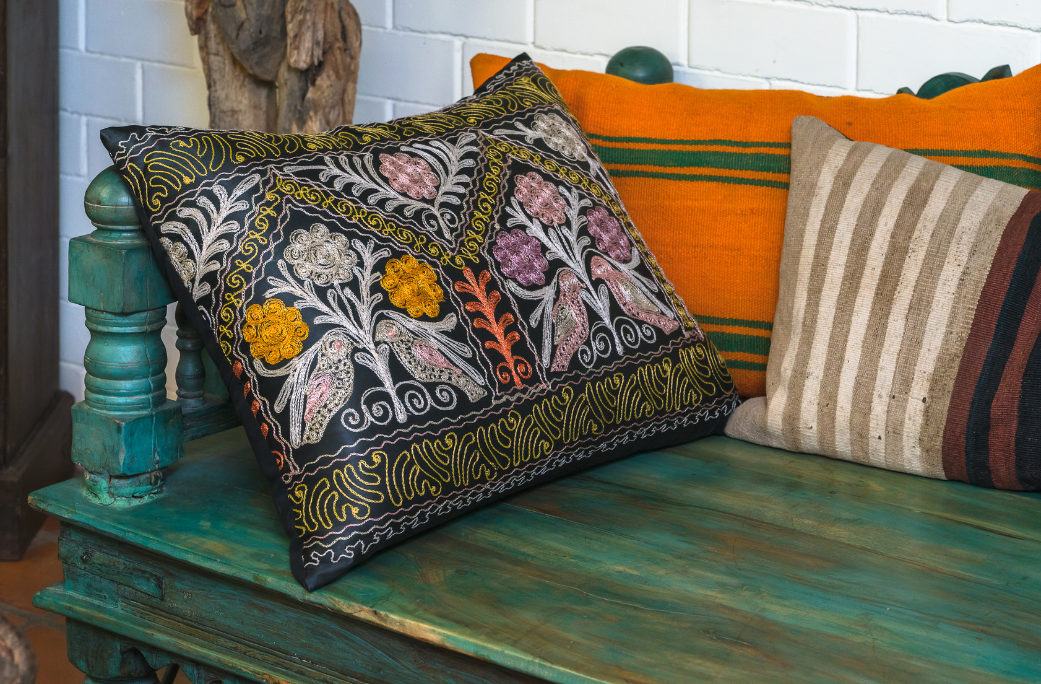Introduction Design is not just an aesthetic undertaking but a form of communication that transcends the barriers of language and geography. Interior
Introduction
Design is not just an aesthetic undertaking but a form of communication that transcends the barriers of language and geography. Interior design, in particular, combines functionality with creativity to shape spaces that resonate with people’s lifestyles and cultural backgrounds. In cities like Dubai, where the pulse of globalization throbs alongside deep-seated traditions, this interplay between design and culture is especially significant. This article seeks to explore the unique landscape of Dubai’s interior design industry, delving into its ability to adapt global trends while preserving the essence of the Emirati culture.
Islamic Influence on Interior Design
Dubai’s interior design industry is deeply influenced by the principles of Islamic art and architecture. One could say the essence of Islamic design is pervasive in the city’s stylistic elements. Geometric patterns, fluid arabesque designs, and intricate calligraphy are traditional motifs often integrated into modern spaces. This integration subtly echoes the cultural heritage and Islamic identity that Dubai proudly upholds even as it forges ahead towards modernity. The key challenge lies in harmonizing these motifs with contemporary design elements to create spaces that resonate with both history and the present.
Adapting Global Trends with Cultural Sensitivity
The juxtaposition of global trends and local customs is a delicate process. The space’s design must respect cultural norms and reflect the community’s values while incorporating trends from around the world. Privacy, a core element in Emirati culture, is a perfect example of this balance. In traditional Arab homes, privacy is maintained through spatial organization and specific architectural features. One such feature is the ‘mashrabiya,’ a type of decorative screen used as a room divider. In the modern context, designers have adapted the mashrabiya to create stylish partitions that offer privacy without compromising the open, airy feel of contemporary design.
Merging the Traditional Majlis with Modernity
The ‘majlis,’ a traditional guest room signifying Arab hospitality, is a classic feature in Emirati homes. Today’s interior designers face the exciting challenge of transforming the majlis from a traditional setting to a space that reflects a blend of heritage and modern luxury. Designers often incorporate high-end materials, state-of-the-art lighting solutions, and global art pieces, successfully integrating the majlis into the broader canvas of contemporary design while preserving its cultural essence. The modern majlis serves as a testament to Dubai’s capacity to align itself with global trends while staying true to its roots.
Incorporating Sustainability with Cultural Elements
The global trend towards sustainable design has found a welcoming audience in Dubai, a city where the traditional Bedouin lifestyle resonates with principles of sustainability. To this effect, modern interior designers in Dubai integrate traditional materials such as stone, clay, and palm wood, sourced locally and used for centuries, into contemporary design. This practice supports the local economy and reduces the environmental impact. Moreover, design inspirations drawn from vernacular architecture like wind towers offer eco-friendly cooling solutions, further enhancing the sustainable design approach.
Color Palettes Reflecting Emirati Culture
Interior design in Dubai presents a masterful blend of traditional and contemporary color palettes. Earthy tones drawn from the surrounding desert landscape are commonly juxtaposed with opulent gold accents symbolizing wealth and prosperity. Additionally, shades of blue, reminiscent of the city’s maritime history, are often incorporated. These color palettes help designers create spaces that maintain a deep connection with the local culture while still embodying global design aesthetics.
Furnishing Choices: Where East Meets West
Dubai’s interior design market beautifully captures the fusion of Eastern and Western design philosophies in the choice of furniture. The intricate detailing and grandeur of traditional Arabic furniture are often paired with the sleek, minimalistic styles prevalent in Western design. This combination not only creates a unique aesthetic but also caters to the modern need for functionality and comfort without losing touch with cultural identity.
The Role of Interior Designers
Interior designers in Dubai play a pivotal role in shaping spaces that reflect cultural sensitivity while aligning with global trends. Through their creativity and understanding of both global design and local traditions, they create unique spaces that tell a story – a narrative of a city and its people evolving with the times, yet firmly rooted in their culture.
Conclusion
In Dubai, interior design is more than an aesthetic pursuit; it is a dialogue between tradition and innovation, local and global, past and present. As the city evolves, so does its interior design landscape, adapting global trends while maintaining cultural sensitivity. The result is a rich tapestry of design that speaks to Dubai’s unique identity – a city that seamlessly merges its cultural heritage with a forward-looking perspective, a city where the world meets the Emirati way of life.

COMMENTS